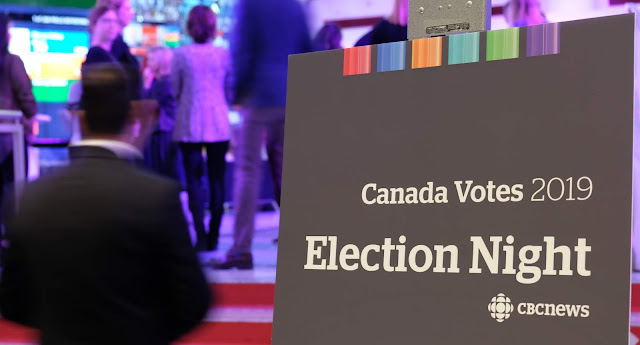Thousand Islands

A holiday – at last! As we sped eastwards along the lake, our carriage full of masked passengers, we couldn’t convince ourselves that the pandemic was fully over. But after eighteen months of restrictions, it was a very welcome break. In less than three hours we had reached our destination: the Thousand Islands – a collection of 1,864 islands at the last count, along the Canada/US border, where the St. Lawrence River meets Lake Ontario. It seemed the ideal place for a little local exploring. Our base for the trip was Gananoque, known as the Gateway to the 1000 Islands. An aboriginal name, Gananoque means “the town on two rivers” – the St. Lawrence and the Gananoque. (For pronunciation, try saying “there’s a right way, a wrong way, and Gananoque.”) The site of the first skirmish in the War of 1812 – when American forces raided the government depot in the town, hoping to disrupt British supply lines from Montreal – the town today is dominated by tourists and summer island...







